
Everyone is going to want to see the ring, so get a manicure and make sure you go to Rubys Fine Jewelry. You have enough to plan to for, let us help make your treasured moment even more special.



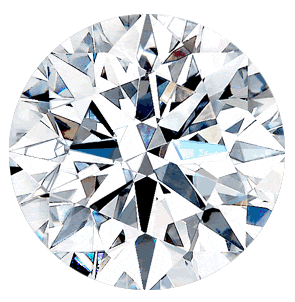
CHOOSING THE ENGAGEMENT RING
Proposing to the one you love is a time that you’ll both never forget and cherish. Our exquisite diamond and gemstone ring selection is sure to make the moment even more special for both you. Be a part of a timeless romantic tradition while also getting a piece of jewelry that’s meaningful to you.
In the past, the standard investment for an engagement ring would be two to three months' gross salary, but there is no precise amount to spend. We advise you to look for a high-quality ring that fits your style and budget. Our informative guide will help you select the best engagement ring setting and decide on the right balance of diamond quality and size.
ENGAGEMENT RING: SETTINGS & STYLES
If you want to make the moment special with an engagement ring, put a beautiful, dazzling diamond front and center. Not only is it a versatile gemstone that will look perfect in every setting, but most people imagine diamond engagement rings when they think about marriage proposals.
But what should you be looking for when you choose the right one?
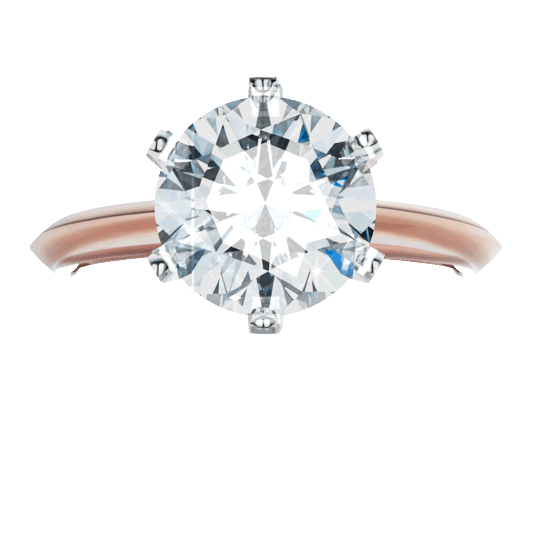
CARAT WEIGHT
Diamond carat weight is the measurement of how much a diamond weighs. A metric "carat" is defined as 200 milligrams. Each carat can be subdivided into 100 'points.' This allows exact measurements to the hundredth decimal place. Diamond weights higher than one carat are expressed in carats and decimals. A 1.08 carat stone would be described as 'one point oh eight carats.'
All else being equal, diamond price increases with carat weight, because larger diamonds are rarer and more desirable. But two diamonds of equal carat weight can have very different values depending on three other factors within the 4Cs: Clarity, Color, and Cut. It's important to remember that a diamond's value is determined using all of the 4Cs, not just carat weight.
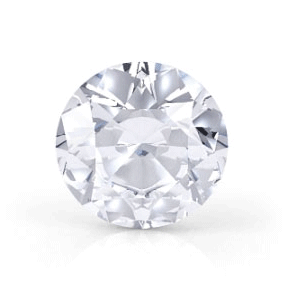
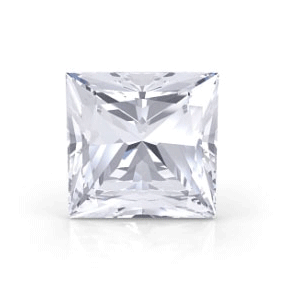

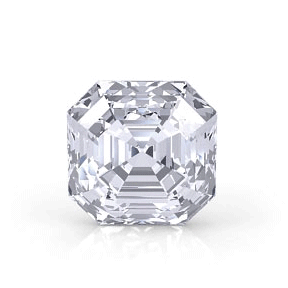

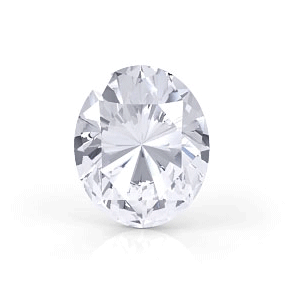
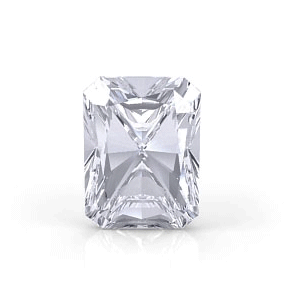
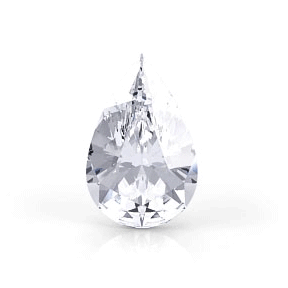
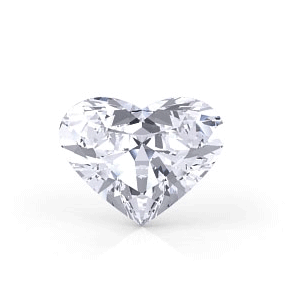
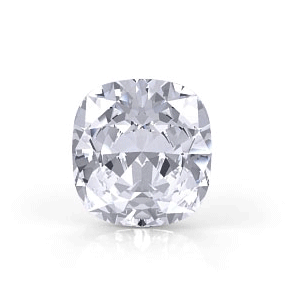

COLOR
The color evaluation of most gem-quality diamonds is based on the absence of color. A chemically pure and structurally perfect diamond has no hue, like a drop of pure water, and consequently, a higher value. GIA's D-to-Z Color-Grading System measures the degree of colorlessness by comparing a stone under controlled lighting and precise viewing conditions to master stones of established color value. GIA's D-to-Z Color-Grading Scale is the industry's most widely accepted grading system. The scale begins with the letter D, representing colorless, and continues, with increasing presence of color, to the letter Z. Many of these color distinctions are so subtle that they are invisible to the untrained eye; however, these distinctions make a very big difference in diamond quality and price.
 |
|---|
 |
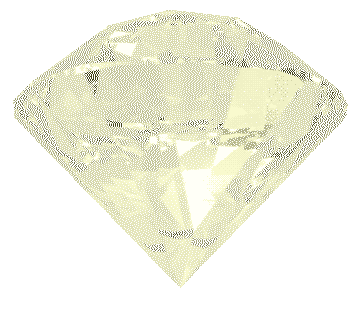 |
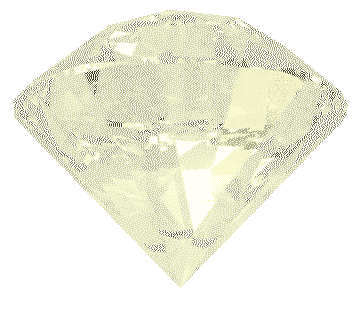 |
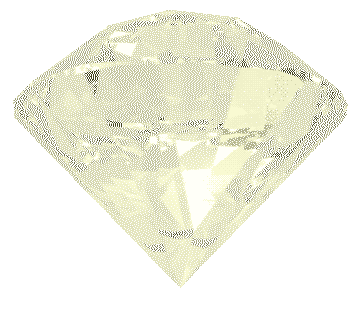 |
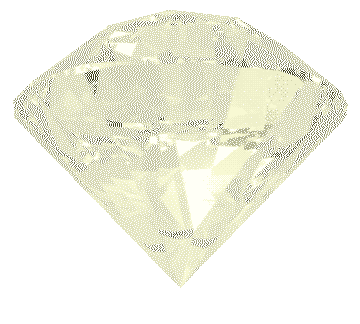 |
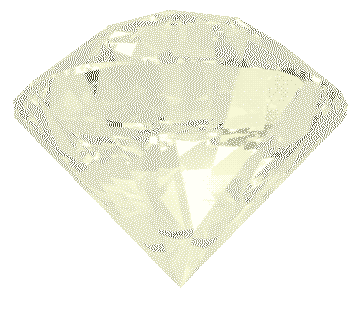 |
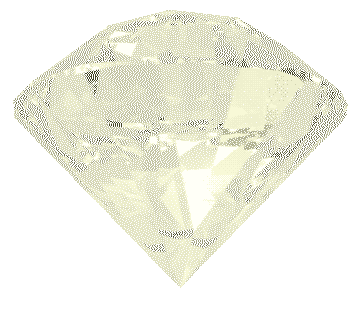 |
 |
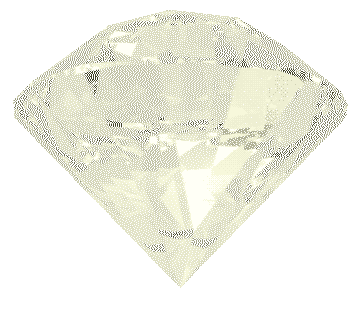 |
 |
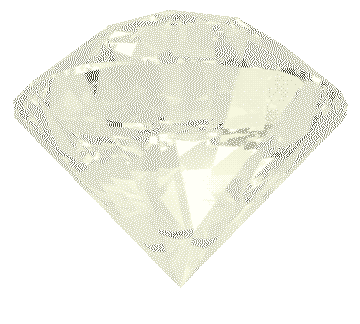 |
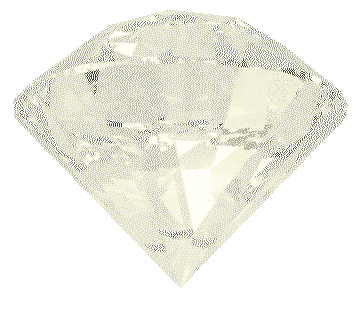 |
 |
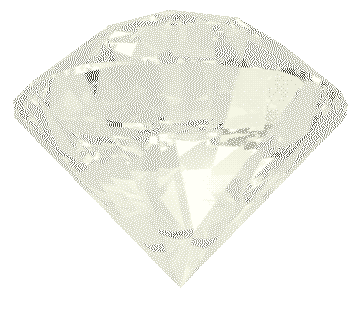 |
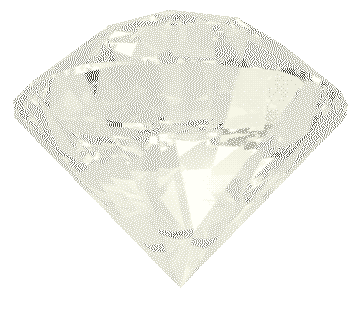 |
 |
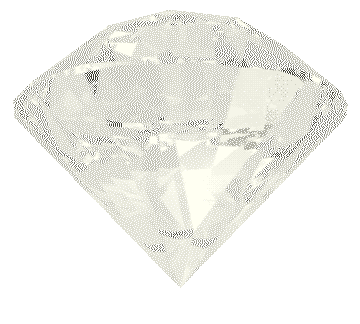 |
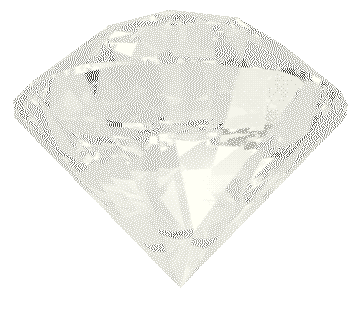 |
 |
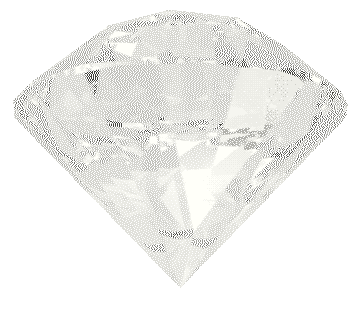 |
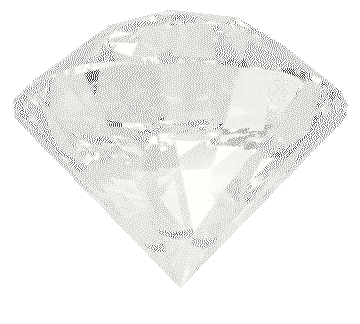 |
 |













CLARITY
Natural diamonds are the result of carbon exposed to tremendous heat and pressure deep in the earth. This process can result in a variety of internal characteristics called 'inclusions' and external characteristics called 'blemishes.' Evaluating diamond clarity involves determining the number, size, relief, nature, and position of these characteristics, as well as how these affect the overall appearance of the stone. While no diamond is perfectly pure, the closer it comes, the higher its value.
The GIA Clarity Scale has 6 categories, some of which are divided for a total of 11 specific grades. Many inclusions and blemishes are too tiny to be seen by anyone other than a trained diamond grader. To the naked eye, a VS1 and an SI2 diamond may look exactly the same, but these diamonds are quite different in terms of overall quality. This is why expert and accurate assessment of clarity is extremely important.


















CUT
Diamonds are renowned for their ability to transmit light and sparkle so intensely. We often think of a diamond's cut as shape (round, emerald, pear), but a diamond's cut grade is really about how well a diamond's facets interact with light. Precise artistry and workmanship are required to fashion a stone so its proportions, symmetry, and polish deliver the magnificent return of light only possible in a diamond.
The quality of the cut is crucial to the diamond's final beauty and value. And of all the 4Cs, it is the most complex and technically difficult to analyze. The GIA Cut Grading System for the standard round brilliant diamond evaluates seven components. The first three, brilliance, scintillation, and fire consider the diamond's overall face-up appearance. The remaining four, weight ratio, durability, polish, and symmetry, assess a diamond's design and craftsmanship.

JUDGING BRILLIANCE, SCINTILLATION, & FIRE
If a diamond is cut in the so-called “ideal proportions,” the stone will bend and reflect light in such a way that the diamond’s fire and brilliance will be maximized. On the other hand, the further away from the stone’s proportions are from those of the “ideal cut,” the less fiery and brilliant the diamond will look. If a diamond, for example, is cut too shallow or too deep compared with the ideal cut proportions, the light will leak out of the bottom of the stone and not return to the eye of the observer.

BRILLIANCE
Diamonds that appear strong pink/red through the Ideal-Scope have the best light return. The less leakage the better, but brilliance is not only about the light return. Contrast has a role to play too. The dark 8 rayed star should not be too thick; too much darkness in a diamond through the Ideal-Scope means less light is returned, just like leakage. But if the star is too thin then the diamond will lack contrast and scintillation and it will have less fire.
Excellent Edge to Edge Brilliance
Very Good Edge to Edge Brilliance
Fair Edge to Edge Brilliance

THICK
PROS – Increased Fire
CONS – Reduced Light
Return and Scintillation
AVERAGE
PROS – Balanced Contrast,
Scintillation and Fire
CONS – None
THIN
PROS – Increased Light Return
CONS – Reduced Fire,
Contrast and Scintillation
SCINTILLATION
Thick dark prominent stars reduce light return but as discussed in the newsletter, some contrast is needed to enhance our perception of brilliance as the diamond is rocked from side to side. The dark, bright alternating contrast creates a ‘bang bang’ sparkle effect. Small bits of leakage near the girdle often contribute to that contrast.
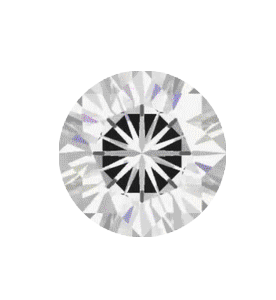
Poor Cut
Poor Scintillation
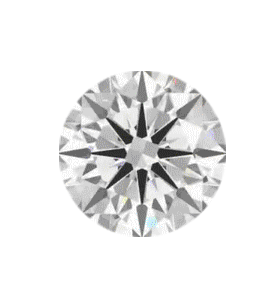
Ideal Cut
Excellent Scintillation
FIRE
Diamonds with thick dark stars are usually more firey. However, there is a trade-off when it comes to light return. Diamonds that are a little too deep, with leakage through the table region, can display more fire if they are set so that light can get in from behind.

This image shows the effect of light dispersion in a diamond. White light enters a diamond, splits into the seven colors of the spectrum, and is returned to your eyes as colorful twinkles called “fire.”
RING ANATOMY
While it’s not essential to know every part of a ring when you’re on the search for one, but having an idea of these different elements can be of great help. It’ll help you to know what to look for in your ring and to communicate what you want.
Below is a brief description of each part of an engagement ring and its location.
-
Shank: This is the band or the hoop of the ring. There are many types of ring shanks, from plain simple metal bands to elaborate, extravagant styles. While round shanks are the most common, you will also find flat bottomed shanks, called Euro shanks. These tend to keep the ring from spinning and are more suited for rings with large center stones.
-
Head: The setting or the head of the ring refers to the part that holds the center stone. This is located at the top of the ring and is extremely important because it determines how the stone interacts with light and to what extent it can be seen. The solitaire setting is one of the most popular for engagement rings. Sometimes the entire ring is also called a setting.
-
Gallery: The gallery refers to the section that you can see from the side of the ring, under the center stone. It’s a part of the head (setting) of the ring and adds to the profile beauty of the ring. Some galleries are highly elaborate while others are highly minimalistic.
-
Shoulder: The shoulders of a ring are the sloping sides that lead up to the center of the design. The shoulders are what holds the head of the ring. These are often studded with accent stones to enhance the beauty of the design.
-
Prong: A prong is a little metal tip or bead that holds the gemstone or diamond in place. Prong settings, like the Tiffany setting, typically consist of 4 to 6 prongs on the head of the ring, carefully holding the center stone. Prong settings allow light to interact with the stone and make it appear large and brilliant.
-
Accent Stones: These are small, simply cut stones (typically called melee diamonds) used to embellish the shank and the head of the ring. They add sparkle and beauty and can make a simple design look extravagant.

SETTING
Once you've chosen a stone for your engagement ring, you get to choose the perfect setting to complement it. Although the stone can account for up to 90 percent of the cost of the ring, the setting really defines your engagement ring style and showcases the stone's best facets assets.
Below is a brief description of each part of an engagement ring and its location.
-
Bezel: The Bezel is one of the most secure ring settings. The gem is anchored in place with a metal border instead of raised on prongs. While more expensive than Prong set rings, bezel settings don’t require as much upkeep. That is because there are no claws that need to be checked or tightened as time goes on. Less light will be able to penetrate the center stone so it may also appear smaller.
-
Bar: Bar set engagement rings are contemporary and fresh. Bar setting simply means that your diamonds are held in place by precious-metal bars. These bars are perpendicular to the ring’s band. In bar set engagement rings, the diamonds are often more exposed, so you see more sparkle. Browse Diamond Mansion’s extensive selection of bar set engagement rings.
-
Basket: A Basket setting is a type of Prong setting, but with a little difference. Four or six prongs rise up from the base of the metal band for the stone to sit in, but then more horizontal prongs are added to create a ‘basket’ shape. A Basket setting still lets in a generous amount of light but makes the prongs that little bit stronger. If you’re the clumsy type and tend to knock your rings off door handles or snag them on clothing then this could be the perfect choice for you.
-
Peg Head: This isn’t strictly speaking a type of setting, but it’s a term jewelers use a lot and it pays to know what it means. A Peg Head setting means that the setting itself has been soldered onto the metal band rather than the whole thing being cast as one solid piece. If done properly, there is absolutely nothing to worry about. If done poorly, however, there’s a chance you could encounter problems and need to have your setting replaced some years down the line.
-
Decorative: When it comes to engagement rings, a Decorative setting is usually nature-inspired and has an antique feel with a lot of intricate detail. Micro Pavé and Pavé elements combine with larger diamonds, clusters, and halos to create a truly dramatic finish. The Decorative engagement ring is ideal for those with a one-of-a-kind, maximalist style with a passion for all things vintage.

-
Bright-Cut: Bright-Cut Pavé has made a resurgence in the past couple of years because it is a traditional form of Pavé which matches vintage-inspired jewelry designs that have become very popular lately. Bright-Cut Pavé is sometimes called “Channel Set Pavé” because the diamonds seem to be set in the middle of two walls of metal.
-
Illusion: An Illusion setting is a Prong setting designed to make a diamond look bigger than it actually is. This ring diffuses the outline of the stone causing it to look larger. The small diamond in the center provides sparkle. This, in turn, reflects off the precious metal pattern.
-
Trellis: Trellis engagement rings are a very popular style of Prong setting. Four interweaving prongs are shaped to hold the center diamond, crossing over each other in a classically secure silhouette. While as the wearer, you might not see the ring’s sides very often, other people will. The Trellis setting offers more angles for the metal to reflect its shine while allowing the diamond’s pavilion to be visible and exhibit its brilliance.
-
Tension: Tension settings are sleek, modern rings with a unique system for securing the diamond. Custom-made metal bands hold the diamond with pressure. Because not much metal surrounds the diamond, like in other settings, the diamonds in Tension engagement rings reflect more light, offering more brilliance and sparkle. Many Tension settings feature a large, thick band, making them suitable as men’s rings as well as for women.
SHANK
Ring shanks are an important element of a ring and come in a range of styles. The type of ring shank you choose can affect not just the beauty but also the comfort of the fit. Each ring shank has its own unique look and offers a different feel the overall ring design.

-
Traditional: Most Traditional engagement rings have a simplistic band and let the diamond steal the show. Traditional style engagement rings are those ring designs that everyone knows and loves. The Solitaire is a simple, one-stone ring, while the Halo style is a center stone surrounded by accent diamonds. Although the rings may differ slightly in the details, the base shape and style remains a true classic.
-
Euro-Style: A ring with a Euro shank contains a flat or squarish bottom. This square bottom is only on the outer edge of the ring, as the inner circle remains perfectly round, making feel almost exactly like a regular ring. The rest of the ring can be of any style or setting preferred.
-
Cathedral: Cathedral style engagement rings have a certain elegance to them that is a result of the extra detail you can incorporate into the gallery of the center diamond. With more room to work with, you are able to include additional Pavé diamonds or metalwork to the ring to give it some extra flair and make it a treasured item.

-
Split: A Split shank engagement ring is a style featuring a band that parts as it reaches the center setting. Typically, these designs will have a visible gap between the band and the center diamond or Halo. This can have the effect of making the ring appear larger and more ornate.
-
Knife Edge: One of the more uncommon types of ring shanks, the Knife Edge makes for a sleek, contemporary, and unique ring style. If you’re considering something a little non-traditional, this is an excellent option. As the name suggests, a Knife Edge shank features a sharp edge that goes around the outer edge of the shank of a ring.
-
Channel: Channel shanks have sophisticated side diamonds embedded into a grooved channel of the band. A variety of diamond shapes are commonly used with Channel shanks. While many channel settings use round cut diamonds as well, it’s also common to see princess cut, emerald cut, and even cushion cut diamonds in channel shanks.
-
Tapered: A Tapered shank is when the band tapers off to a thinner section. When the band tapers off to a thinner section on both sides of the stone, it can make the stone look more massive and make the band itself look much more delicate.

-
Interlock: An Interlocked ring shank style is when the engagement ring and the wedding band interlock together perfectly. This can be done in many ways. It may be that one engagement ring fits inside the wedding band or it may be that the two bands follow the same silhouette so that they sit alongside each other perfectly when worn. The possibilities can almost be endless.
-
Twist: As the name suggests, the metal of the shank twists creating a lovely interlacing design around the finger. The twist can either be very tight or looser. This is usually dependent on whether the shank is Pavé or just metal.
-
Micro Pavé: Pronounced “pa-vay,” , Pavé refers to any size stones that are set in the band. Micro Pavé requires all stones to be the same size and are generally smaller in weight than the stones used in a Pavé. The term “micro” refers to the microscope that craftsmen use to cut and place these stones.
-
Bead Set: Beat Set shanks have rails similar to a channel set, but they are typically thinner and sometimes accented with a milgrain beaded edge. The rails in this setting do not hold the stones in, but rather than "beads" in between the stones. Typically these are cast in place beads and not as durable as hand-cut Pavé.





